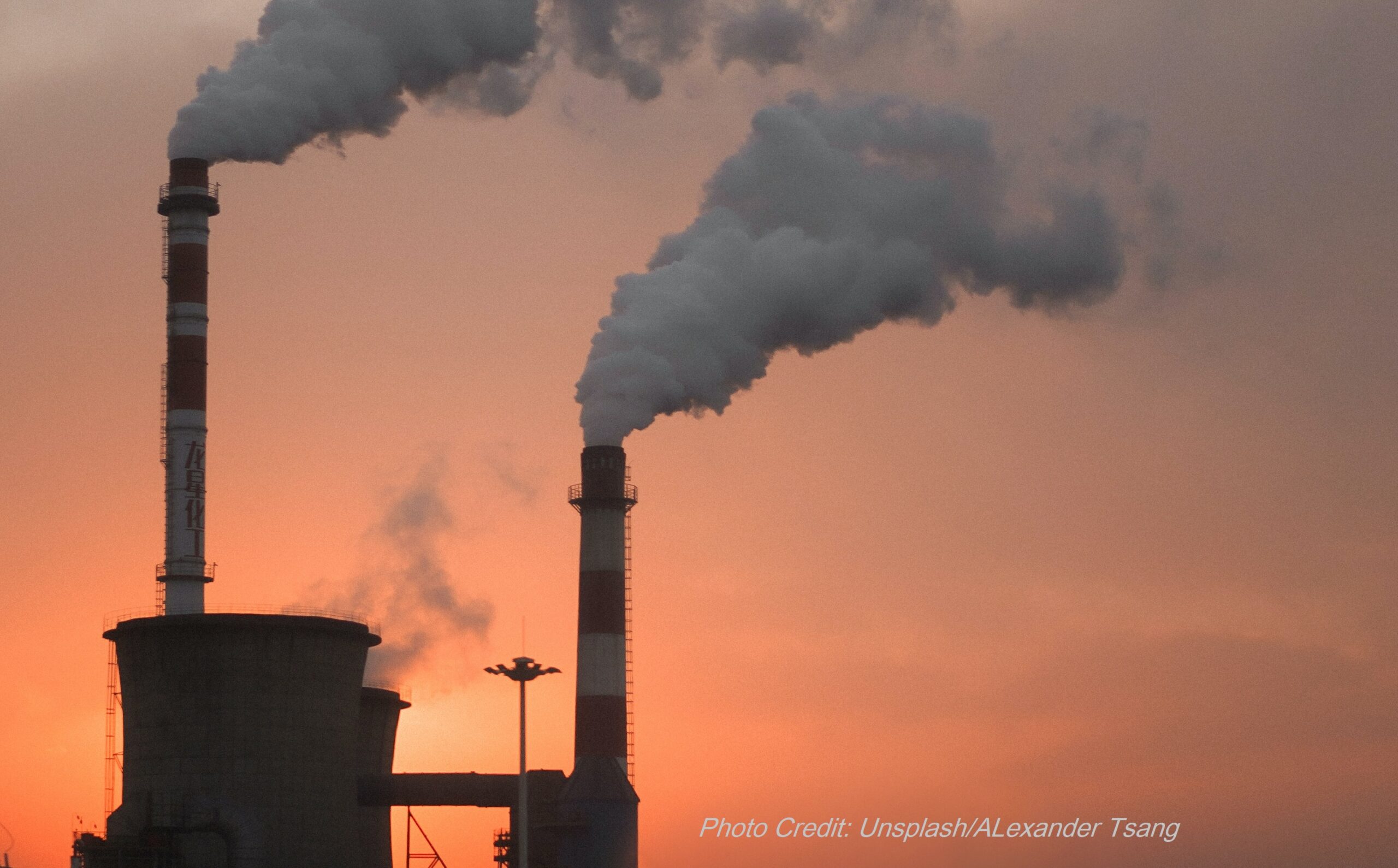In the last few months, EPA has finalized many rules that will help us be healthy and thrive by cleaning up the air and putting limits on greenhouse gases.
Here are some of them, explained:
1. New fine particle pollution standards: EPA lowered the annual standard from 12.0 to 9.0. This will make a really huge difference for health! PM2.5 from fossil fuels causes 13% of all deaths in the U.S., and many more heart attacks, strokes, dementias, cancers, lung disease, premature birth, and damaged lung growth in children. It affects the economy by reducing crop yields, causing workers to be sick and miss work, and to not work as well. Even the stock market goes down on high PM2.5 days. For more details, see our comments about PM2.5 here (lots of journal references for health care people) and here.
2. Set stronger standards for Mercury and Air Toxics coming from coal and oil power plants. Coal and oil often have heavy metals in them, including mercury, arsenic, lead, chromium, and nickel. Because children are so sensitive to mercury and lead while they are growing, this rule is really good for health. Read more about the recent rule here and here.
3. Set standards for carbon pollution for existing coal and new gas power plants. This rule needed the clean energy financing in the Inflation Reduction Act, so that power companies have access to resources to meet the goals. This rule requires coal and new gas power plants to reduce carbon dioxide by 90%, it also reduces other air pollution including PM2.5, nitrogen oxides (NO2), sulfur dioxide (SO2), and ozone (which comes from too much NO2 and other air pollution). We can already see people suffering health problems now from climate change, including heat illness, extreme storms, wildfire smoke, mental health problems, and evacuations. Read more about this here and here.
4. Set new standards for fossil fuel companies to find and clean up methane leaks during oil and gas production. Methane is one of the stronger greenhouse gases, so this rule will really help fight climate change. It also keeps the air clean from other hazardous air pollutants that leak along with the methane, which will help reduce cancer and lung disease for people who live near production wells. Read more about this here (with lots of references for health care people), and more about all federal oil and gas standards from Harvard Law School here.
5. and 6. Set stronger greenhouse gas emissions standards for trucks and heavy duty vehicles, and set air pollution standards for new cars and pickups. These rules both meanhttps://www.epa.gov/system/files/documents/2024-03/420f24016.pdf less air pollution, and fewer greenhouse gases getting into the air. They both mean better health for anyone driving a vehicle, or living near a busy road or highway.
Because of our country’s environmental racism, many refineries, power plants and highways were built in or near communities of color, causing exposure and health disparities. Because these new rules reduce pollution at the source, they should help lessen environmental injustice and help reduce some health disparities. They also help fight climate change which affects vulnerable communities more.
Also because of the Justice40 principles from the Bipartisan Infrastructure Act and the Inflation Reduction Act, communities that have been excluded or overlooked for many years are getting funding to help address the exposure disparities.
Because children are so vulnerable to pollution and climate change, these rules will really help children be healthier and thrive. Children’s bodies and organs are developing and growing from before they are born until the end of the teen years. Pollution affects their health, their cognitive development, their growth, and their mental health. These new standards are so good for children so they can thrive!
We are so happy for all the new healthy air standards!
#HealthyAirIsHealthCare #WeAllThriveWithHealthyAir
04/29/2024 AKMB





